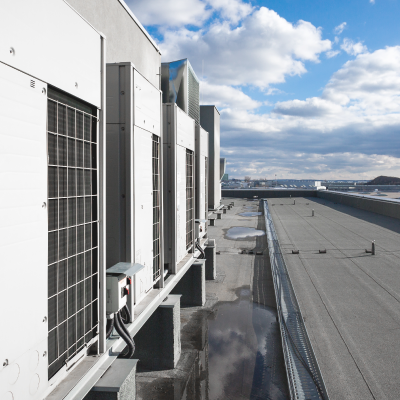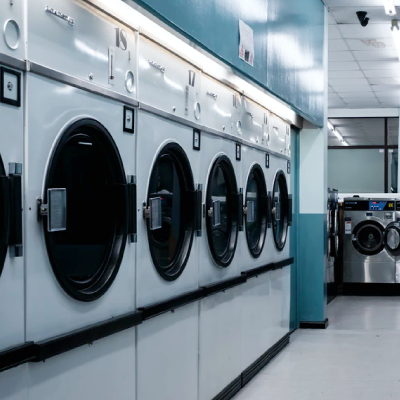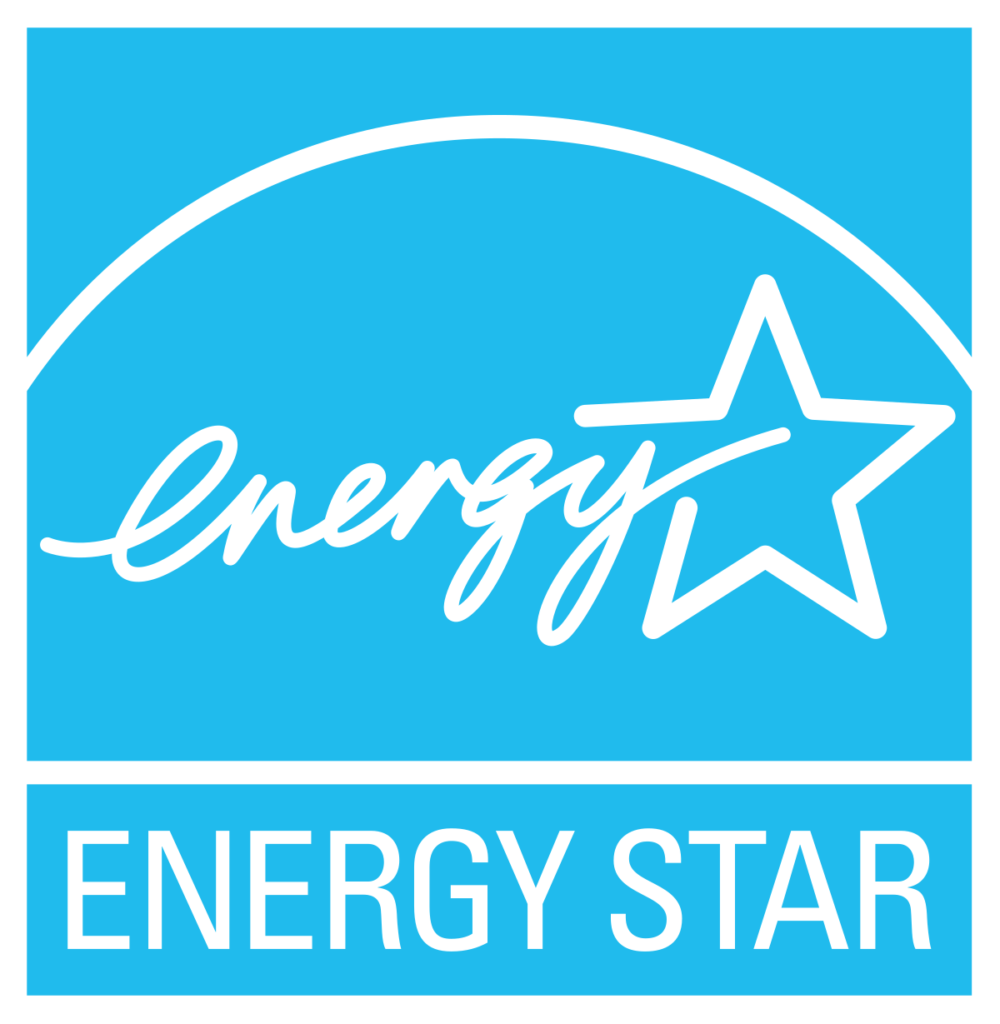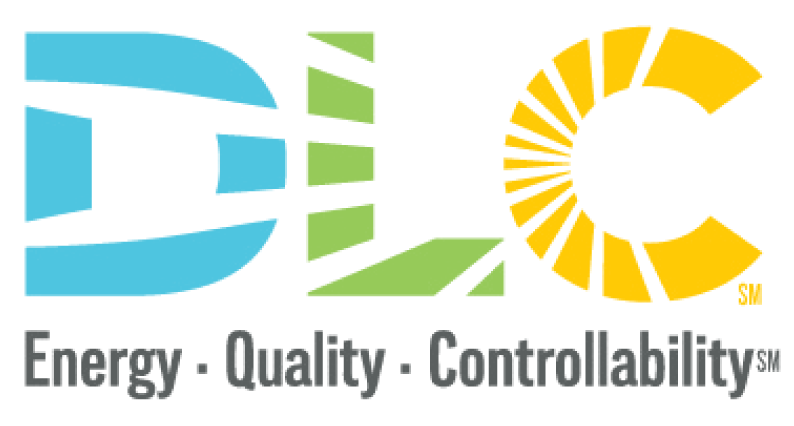Specialized Acquisition Language Library
This library contains sample language to aid purchasing officers and others involved in the acquisition of the covered product categories. The cut-and-paste language can be incorporated into existing solicitation/contract language to ensure the purchase and receipt of energy efficient products and services.

Lighting
Maintenance, indoor lighting, and outdoor lighting

HVAC
Maintenance, air conditioners, chillers, boilers, heat pumps, and fans

Food Equipment
Food service and commercial equipment

IT/Electronic
Computers, displays, e-procurement systems, imaging equipment, servers, UPS

Appliances
Laundry service, washers, air purifiers, and dehumidifiers

Other
EV chargers, lab-grade refrigerators, pool pumps, PV equipment, vending machines, and water coolers
Contracting FAQs
Where do I include efficiency requirements?
It is important to be clear and consistent throughout the acquisition process about wanting vendors to provide clean energy technologies. This means including efficiency requirements in multiple sections of the solicitation to emphasize the requirement and ensure that you have requested sufficient information from the vendor to verify compliance. In addition, it’s critical to follow through and include language in the contract language to hold the vendor accountable and ensure that your organization receives products that meet your specifications. The asterisk next to sections in the cut-and-paste solicitation language indicates that the provided language should be included in both the solicitation and the contract documents.
Learn more about best practices at Berkeley Lab’s Contracting for Efficiency: A Best Practices Guide for Energy-Efficient Product Procurement.
The statement of work describes the acquisition and is an excellent opportunity to emphasize the efficiency requirement. Although the statement of work and other descriptive sections do not typically contain detailed product information, you can communicate to offerors that energy efficiency is a priority for the acquisition. They will know instantly upon reading the description that the energy efficiency requirement applies.
Vendors look to the technical specifications to understand what the individual product requirements are for a given project. Technical specifications will typically include a wide range of characteristics including size, color, and various performance requirements. It is important to include efficiency requirements in the technical specifications section so that they are tied to other product characteristics. In addition, putting in a table of the current efficiency standards gives vendors the opportunity to provide products that may exceed the stated efficiency requirements.
Requesting certain items from vendors will allow you to better evaluate offers for compliance with efficiency requirements. Requiring vendors to submit manufacturer cut sheets (technical descriptions generated by the manufacturer that include efficiency information) for individual products will allow your organization to confirm that they meet efficiency requirements. In addition, providing energy cost information in the solicitation will allow vendors to demonstrate the cost savings associated with efficient products.
The evaluation criteria section of the solicitation outlines the factors you will consider in awarding the contract. First, it’s critical to reiterate to vendors that offers that include products that do not meet the outlined efficiency requirements will not be considered and that you will only evaluate compliant offers. You can verify by matching the vendor-provided cut sheets to the list of covered product categories or associated efficiency information to determine if they are compliant. If a product is covered by ENERGY STAR®, an ENERGY STAR® certified product will be marked with the ENERGY STAR® label. If the product has efficiency requirements set by FEMP, confirm that the information in the cut sheet meets these standards. If a product is EPEAT, verify the model number on the online EPEAT product registry; make sure the product is rated at the EPEAT tier that you’ve specified.
Another option when evaluating compliant offers is to consider offers based on the lifecycle cost of the items provided. Evaluating solicitations based on lifecycle cost allows vendors to offer packages that may have higher upfront costs but will ultimately save your agency money.
Requiring that the vendor provides reporting on the quantity, type, and dollar amount of green products the vendor supplies to your organization can save your organization the trouble of having to track that information internally. Regular reports for recurring purchases or services will help your organization track its progress towards its sustainable purchasing goals.
Note that this section is optional given that a reporting requirement might shrink the pool of vendors able to respond to the bid, particularly smaller businesses that might not readily be capable of sophisticated green reporting.
What energy efficiency standards and certifications should I be considering?

ENERGY STAR®
ENERGY STAR® is a greenhouse gas reduction program run by the US Environmental Protection Agency (EPA) that helps consumers identify energy efficient products that save them money and offer the features and functionality they value. The label is available on over 60 product categories as well as homes and buildings. ENERGY STAR® products are third-party certified and verified. Visit ENERGY STAR® ‘s Product Finder page to learn more about registry and performance criteria.

FEMP-Designated Products
The Federal Energy Management Program (FEMP) sets efficiency requirements for products as the upper 25% performance of its overall product category. To help buyers meet these requirements, FEMP maintains acquisition guidance for the over ten different product categories, namely lighting and HVAC product types. FEMP’s covered products database includes over 75 product categories, including products covered by ENERGY STAR, EPEAT, and FEMP-designation.

EPEAT
The Electronic Product Environmental Assessment Tool (EPEAT) is a system to help purchasers evaluate, compare and select electronic products based on their environmental attributes. EPEAT registered products must meet criteria in the multiple performance categories, such as material selection, design for end of life, energy conservation, and packaging. Products are rated Bronze, Silver, or Gold depending upon the number of criteria the devices meet. Bronze-rated products meet all the required criteria in each EPEAT product category. Silver-rated products meet all the required criteria plus at least 50% of the optional criteria. Gold-rated products meet all the required criteria plus at least 75% of the optional criteria. The EPEAT Registry and performance criteria can be found at www.epeat.net.
All EPEAT-registered products are required to meet the ENERGY STAR® technical specifications.

DLC Premium
The DesignLights Consortium® (DLC) is a non-profit organization whose mission is to achieve energy optimization by enabling controllability with a focus on quality, people, and the environment. (DLC) has products that qualify for DLC Premium, a higher-performance classification for luminaires and retrofit kits. The V5.0 Premium classification is intended to differentiate products that achieve efficacy and controllability performance that exceeds DLC Standard requirements. Find DLC Premium qualified products by sorting by “DLC Premium” classification in the ‘Classification’ filter results on the DLC search website.
How do I identify different product categories?
Product coding schemes identify specific product categories and can be helpful with tracking and reporting sustainable acquisition activities. The Federal Energy Management Program (FEMP) has mapped United Nations Standard Products and Services Codes (UNSPSCs) and Environmental Attribute Codes (ENACs) to the FEMP designated and ENERGY STAR® qualified product categories subject to federal efficiency requirements. Visit FEMP’s product codes page to learn more and to access a database of different product categories mapped to codes.
Who do I contact to get help incorporating efficiency requirements into my organization’s acquisition language?
Berkeley Lab’s Empower Procurement team offers direct technical support to organizations looking to adopt energy efficiency language in their solicitations and contracts. Reach out to any of our team members using Berkeley Lab’s Empower Procurement contact information.
Check out the Berkeley Lab Empower Procurement website for additional resources, like a recording of our webinar “Writing Solicitations for Energy Savings”.
